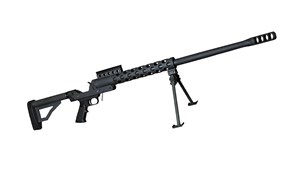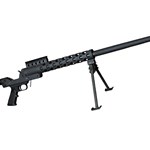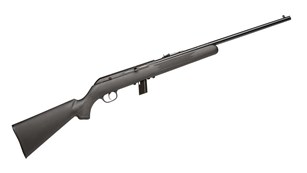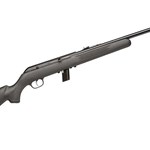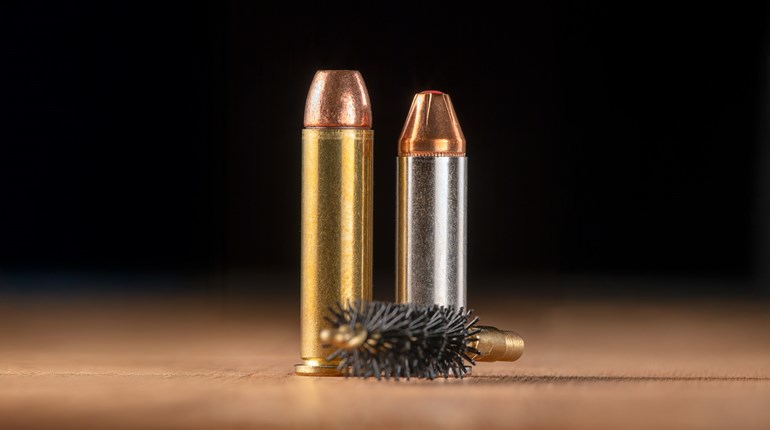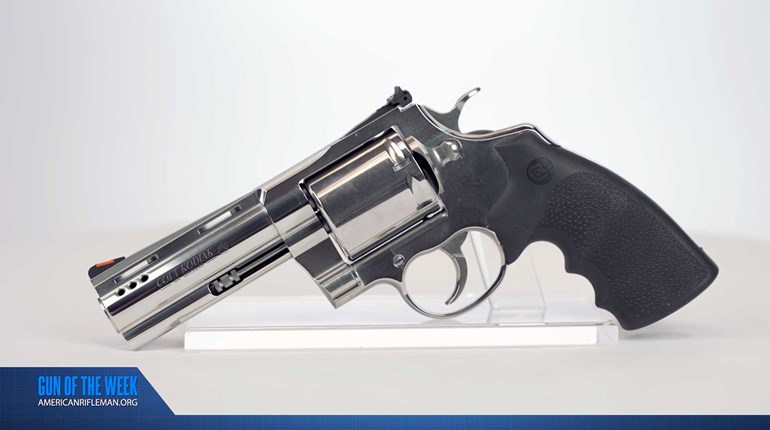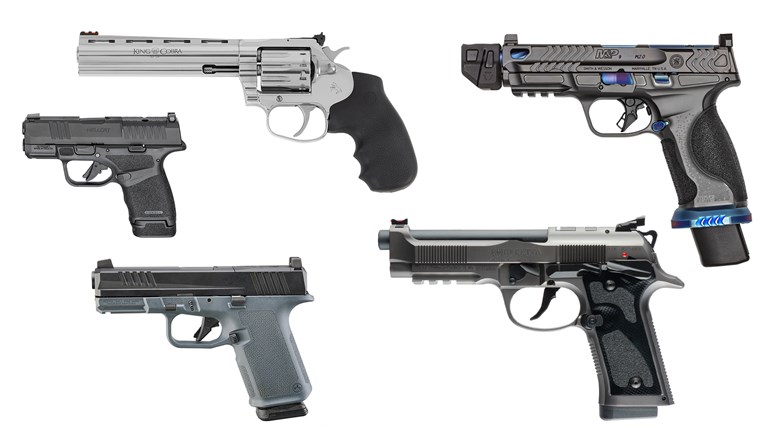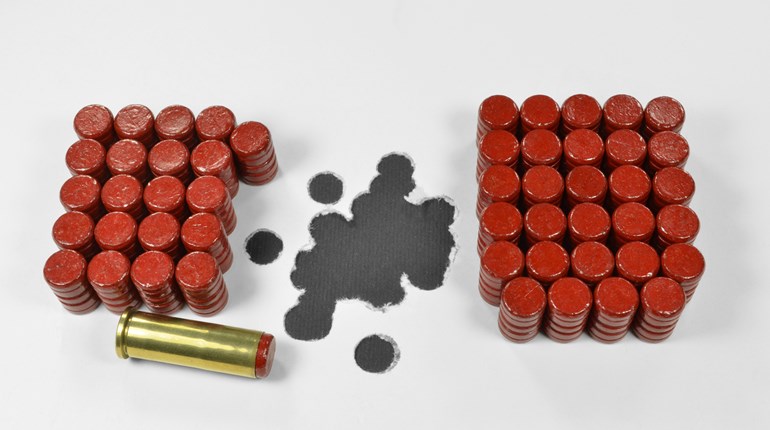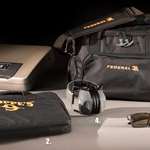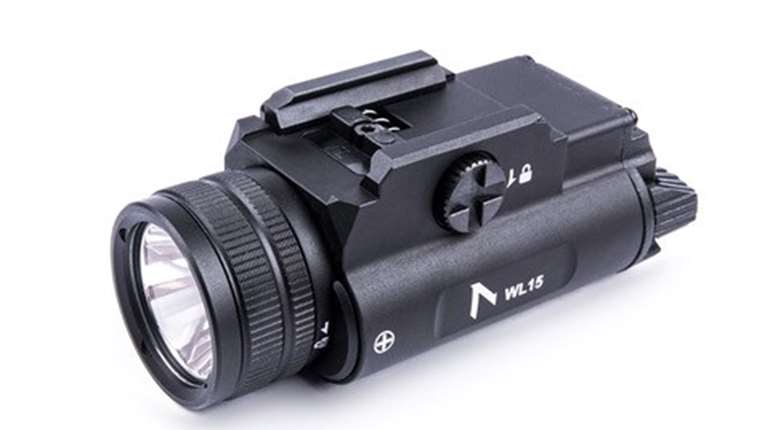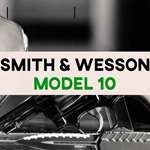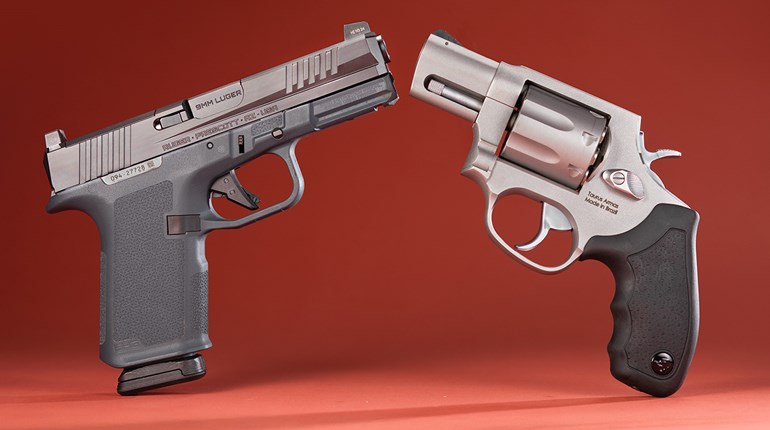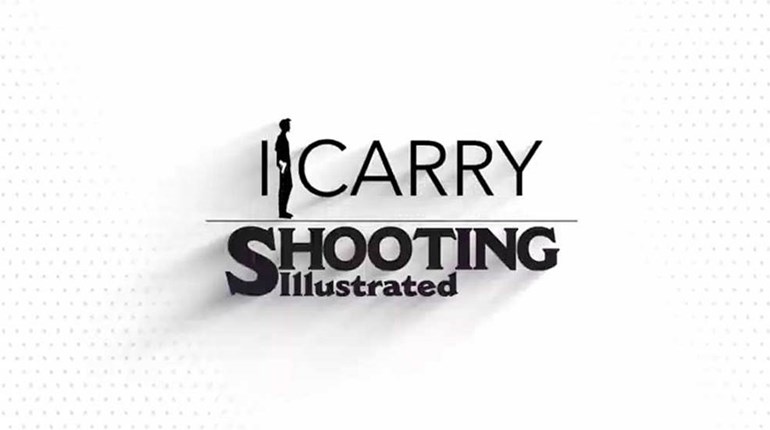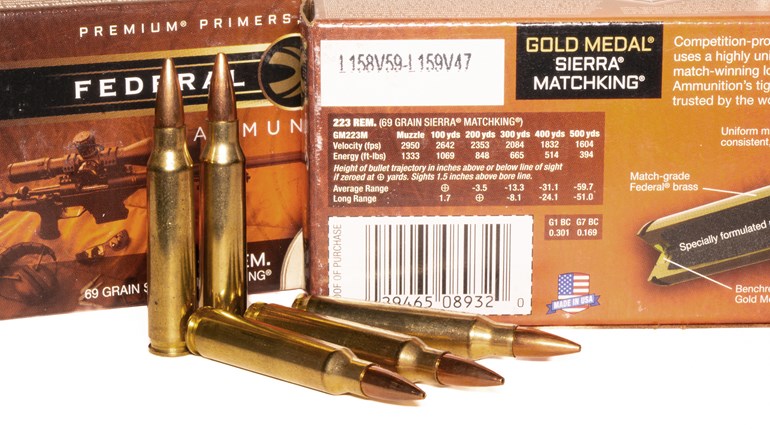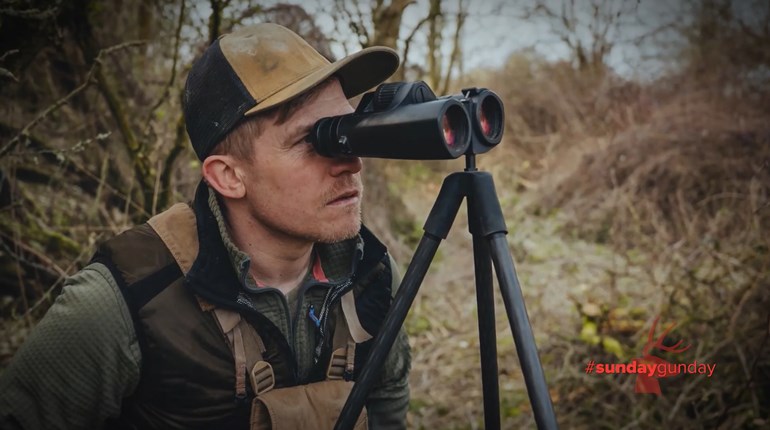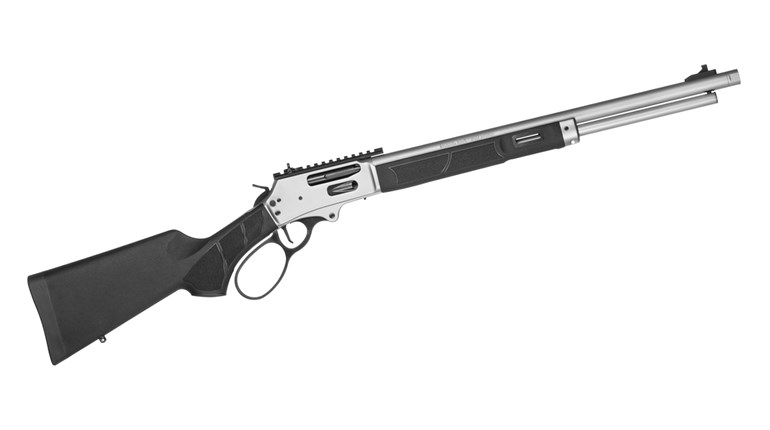
To help pass the time until my U.N.C.L.E. carbine returns, I thought I'd treat you all to a sneak peak of a feature I'm been working on for Shooting Illustrated involving another pistol near and dear to me—the Colt Fitz Special.
One of the first examples of handgun customization and the predecessor of the snubnose, its creator, J. Henry "Fitz" FitzGerald, a former New York City cop, went to work for Colt from 1918 to 1944. The majority of the revolvers produced by Colt during FitzGerald's employment possessed long barrels, frames and grips. While these features were beneficial for competitive and recreational shooting, Fitz viewed their large size, weight and overall design inadequate in terms of defensive use. With that in mind, he set out to make a revolver suitable for self-defense by enhancing the speed in which they could be drawn and fired.
In the beginning, Fitz focused his efforts on converting big-bore revolvers, such as Colt's 1917 and New Service model revolvers. Later, as Colt began prodicing smaller-framed revolvers, Fitz expanded his conversions to include the Police Positive line (i.e., Police Positive and Police Positive Special) and eventually the Detective Special.
So, what constitutes a Fitz Special, you ask? The barrel was cut to 2-inches and the sight re-fabricated (except on the 2-inch Detective Special). The front of the trigger guard was cut away to create more room for the trigger finger, while eliminating any potential interference during fast draw. But the primary reason was to allow the pistol to be fired with gloved hands. Fitz wanted his pistol to be easily accessible in any condition. The winters in New York are memorable—especially to a retired NYPD beat cop. Next the hammer spur was bobbed, to prevent it from snagging on clothing—especially the edge of pockets when drawing the pistol. It also made the pistol's primary mode of fire double action, inherently faster than single action and the most practical concerning matters of defensive shooting. Yet, for those customers who still wanted the option of shooting single action, Fitz serrated the top of the hammer to aid in its cocking. Lastly, the pistol's butt, was shortened and rounded (a feature seen primarily on the larger-frame 1917 and New Service), which made the pistol more concealable and easier to handle when drawing.
Original FitzGerald Specials are very rare and extremely expensive. (It's estimated approximately 100 Fitz conversions were made on the Detective Special frame, while significantly fewer were made using New Services, Police Positives and Positive Specials.) Keeping that in mind, I know the only way I've ever own one was to settle for a contemporary reproduction.




